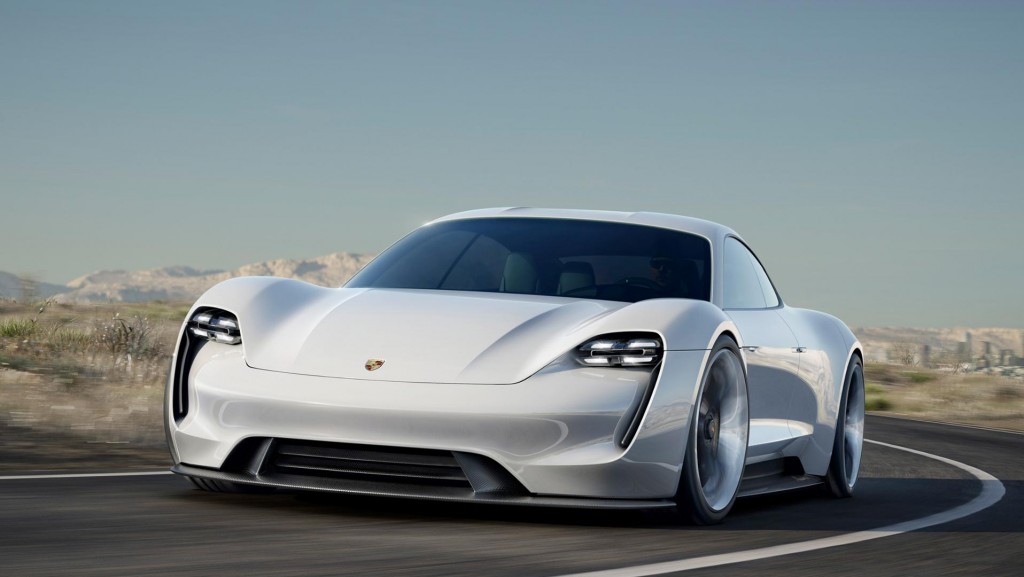Tesla CEO Elon Musk teased a new generation of the company's unique DC fast-charging stations, suggesting that a future "version 3" Supercharger would deliver as much as 350 kilowatts of power.
Unsurprisingly, he did it via Twitter, his preferred medium for communicating with the world.
His previous barrage of tweets had announced that the company would impose fees if Tesla drivers left their cars at Supercharger stations after charging finished while others were waiting in line to charge.
DON'T MISS: Tesla to charge for Supercharger parking if charging is over, sometimes
This time, Musk responded to a tweet from Electrek writer Fred Lambert asking about plans to install solar arrays at Supercharger sites.
While one site in Rocklin, California, now has the arrays—they went online in March 2015—and others have since been installed, the company is still far from its pledge that Superchargers would one day be largely solar-powered.
Musk tweeted to Lambert that "some" are installed already, but that a "full rollout really needs Supercharger V3 and Powerpack V2, plus SolarCity."

Tesla automated charging-station prototype video screencap
Those pieces are "now in place," he wrote—referring to the company's recently approved purchase of SolarCity, the solar-panel installation company on whose board he sat.
Responding to a further question about what "Supercharger V3" referred to, specifically asking if they would charge at 350 kilowatts, Musk tweeted, "A mere 350 kw...what are you referring to, a mere children's toy?"
Tesla Supercharger sites are now capable of delivering up to 135 kw, but the other two DC fast-charging protocols—CHAdeMO and Combined Charging System, or CCS—are limited to 50 kw at stations operating today.
CHECK OUT: Waits for Tesla service get longer as more electric cars are sold
International standards groups for both the CCS and CHAdeMO standards are developing higher-power versions, but it remains unclear when they will be finalized or how long it will take to start to roll out charging sites at the higher power.
Separately, Porsche wants to pioneer and develop the technology for faster charging within the various VW Group brands—including Audi, Porsche, and Volkswagen—that will launch long-range electric cars by 2020.
It proposed 800-volt fast charging when it unveiled its Mission E electric concept sedan in the fall of 2015.

Porsche Mission E concept electric car
The goal is to permit an 80-percent recharge of a 200-plus-mile car's battery in 15 minutes or less, its executives have said, which would be comparable to the time a refueling stop would take.
Meanwhile, Musk may be looking further yet into the future, as he is known to do.
Tesla's chief technology officer, JB Straubel, has spoken in the past of a 5-minute recharge—which would likely require, among other technologies, liquid-cooled cables to dissipate the resistance heat during charging.
Now that might be something worth tweeting about.
_______________________________________













